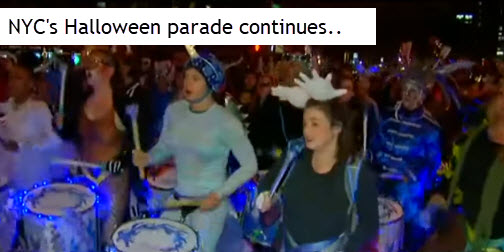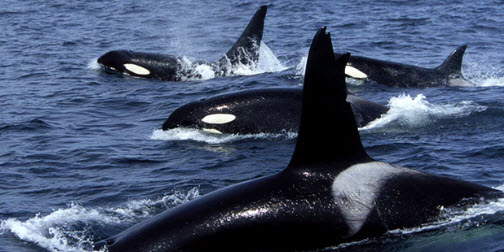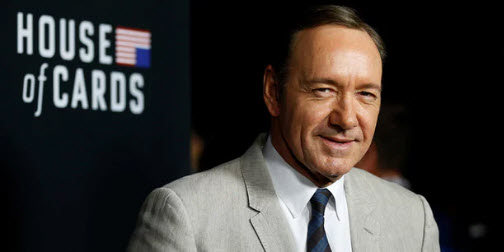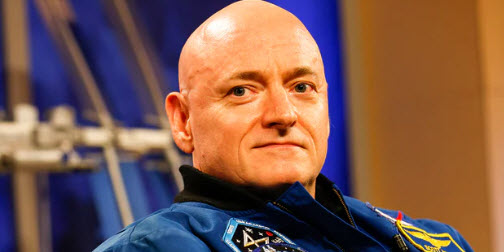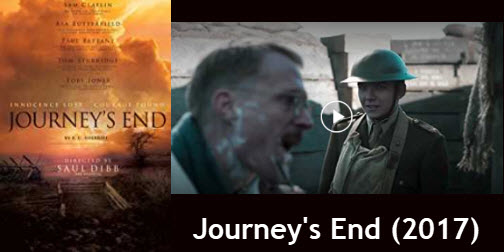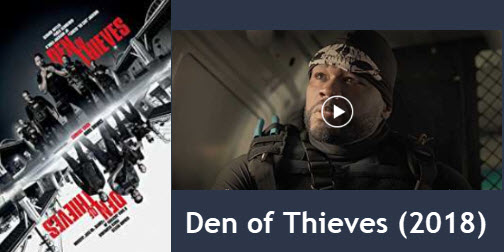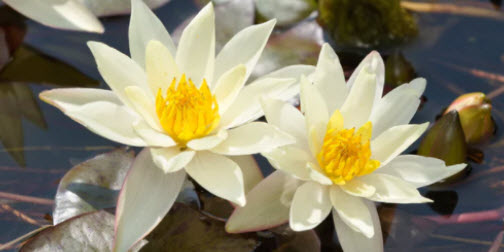Australia's asylum boat turnbacks are illegal and risk lives, UN told
http://3.bp.blogspot.com/-ayEwvtr7FO8/Wfa_P9k_RAI/AAAAAAAALC8/Th-sIbZ7bfUEOtOFP14a-w8u4c6rgPagwCK4BGAYYCw/s1600/2017-10-30_11-26-34.jpg

 This article titled “Australia’s asylum boat turnbacks are illegal and risk lives, UN told” was written by Ben Doherty, for theguardian.com on Sunday 29th October 2017 20.29 UTC
This article titled “Australia’s asylum boat turnbacks are illegal and risk lives, UN told” was written by Ben Doherty, for theguardian.com on Sunday 29th October 2017 20.29 UTC
Australia’s “push-backs” of asylum seeker boats are illegal under international law and “may intentionally put lives at risk,” the United Nation’s global expert on extrajudicial, summary or arbitrary executions, has said in a formal report to the UN general assembly.
Special rapporteur Agnes Callamard’s report, Unlawful Death of Refugees and Migrants, focuses on government responses to worldwide flows of migrants across borders.
Callamard said around the world, governments were acting punitively and recklessly towards migrants. She identified “multiple failures on the part of states to respect and protect refugees’ and migrants’ right to life, such as unlawful killings … and as a result of deterrence policies and practices which increase the risk of death”.
Callamard wrote that in a global environment where refugees and migrants were demonised, and the act of moving to another place criminalised, countries had designed migration policies based on deterrence, militarisation, and that tolerated the risk of migrant deaths as part of controlling entry.
“Deterrence policies are punitive, including policies ranging from securing the more accessible border entry points — thereby purposefully funnelling the migration flows into more hazardous terrain — to the imposition of strict detention and return policies.”
Callamard highlighted cases where migrants are reportedly attacked and killed by government authorities, including in Libya, Mexico, Egypt, and the Sudan.
But Australia is singled out for criticism for its policy of forcibly intercepting asylum seeker boats and pushing them back to where they had come from.
“‘Push-back’ measures, in addition to violating the principle of ‘non-refoulement’, may also amount to excessive use of force whenever officials place refugees or migrants intentionally and knowingly in circumstances where they may be killed or their lives endangered because of the environment,” Callamard wrote.
“This includes the 2013 policy of the government of Australia of intercepting boats to direct them back to the country from where the vessel departed.
“Such practices raise serious concerns: they may intentionally put lives at risk, given that security officials know, but disregard, the reality that returnees may be victims of brutal crimes when returned under these circumstances. This may amount to excessive use of force by proxy; it is disproportionate and unnecessary.”
Callamard urged Australia, and other states, to find ways to protect their borders while also providing protection to those who need it, and upholding international law.
“States can effectively control their borders in a rights-based and protection-sensitive manner. This includes abiding by the principle of non-refoulement and international norms on the use of lethal force as well as the rights to life and bodily integrity in the implementation of border policies.”
Since 2013, the government has reported turned back 771 asylum seekers on 31 boats from Australian territorial waters or land. The government says the policy acts as an effective deterrent to people seeking asylum by boat, and reducing the risk of deaths by drowning at sea.
“Since Operation Sovereign Borders commenced we have not had a drowning at sea in three years,” the immigration minister, Peter Dutton, said earlier this year. “We have destroyed the people smugglers’ product. Their product was ‘pay the money, hop on the boat, you’ll settle in Australia’.
“We’ve taken the sugar off the table. We’ve upturned the table and we’ve said to people that you aren’t coming here.”
But the policy has attracted significant criticism.
The Australian government was accused of engaging in people-smuggling itself in 2015, when it paid $US30,000 to the captain and crew of an asylum seeker boat coming from Indonesia to turn it around.
Other asylum seekers have been put into lifeboats and directed to return to Indonesia. In some cases, these vessels have run out of petrol, and have been found, drifting, by fishing boats off the archipelago, or have foundered on rocks trying to make landfall.
In 2014, a group of 157 Sri Lankan asylum seekers, intercepted by Australian authorities, were held at sea on a customs vessel for 29 days while Australia tried to take them back to India. India refused to accept them, and the asylum seekers were taken, first to Australia, and then to Nauru.
Australia’s process of “on-water assessment” of claims for refugee status has been consistently criticised by international law experts, who argue the perfunctory questioning, often involving interpreters on unreliable phone lines and without legal representation, is unfair and risks sending people home to danger.
More broadly, Australia has found itself under sustained criticism by various arms of the United Nations, as it has sought to promote itself globally as a defender of human rights.
Australia was elected to the UN Human Rights Council – in an uncontested “clean slate” ballot – this month, but the three-year term on the powerful body has brought with it a new level of global scrutiny on rights abuses in the country, particularly of refugees and asylum seekers.
The Human Rights Law Centre’s director of legal advocacy, Daniel Webb, said there was a rising tide of global condemnation directed towards Australia over its mistreatment of refugees, and that refugee policy would overshadow and hamper all of its efforts on the council.
“Our government is just two weeks into a three-year term on the Human Rights Council and already it’s clear that its cruelty to refugees will haunt it wherever it goes.
“For as long as our government continues to deliberately mistreat innocent people – people just seeking a chance at life in freedom and safety – Australia will lack credibility or moral authority on human rights.”
In the week Australia won its position on the New York-based Human Rights Council, the UN’s Human Rights Committee, which sits in Geneva, excoriated Australia for ignoring its legal requirements to amend rights abuses and adhere to the international treaties to which it willingly signed up.
Prof Yuval Shany, the committee’s vice-chair, said it was unacceptable for Australia to routinely reject the committee’s views, or “self-judge” international human rights treaties, telling Australia it could not pick and choose which laws it sought to follow and which rights it wanted to uphold.
And a week earlier, the regional representative for the UN high commissioner for refugees, Thomas Albrecht said Australia had responsibility to prevent the looming humanitarian emergency caused by its enforced closure of its Manus Island offshore detention centre while hundreds of men remained living there.
“Having created the present crisis, to now abandon the same acutely vulnerable human beings would be unconscionable,” Albrecht said. “Legally and morally, Australia cannot walk away from all those it has forcibly transferred to Papua New Guinea and Nauru.”
guardian.co.uk © Guardian News & Media Limited 2010
Published via the Guardian News Feed plugin for WordPress.
Australia's asylum boat turnbacks are illegal and risk lives, UN toldhttps://goo.gl/4ZfQLR
